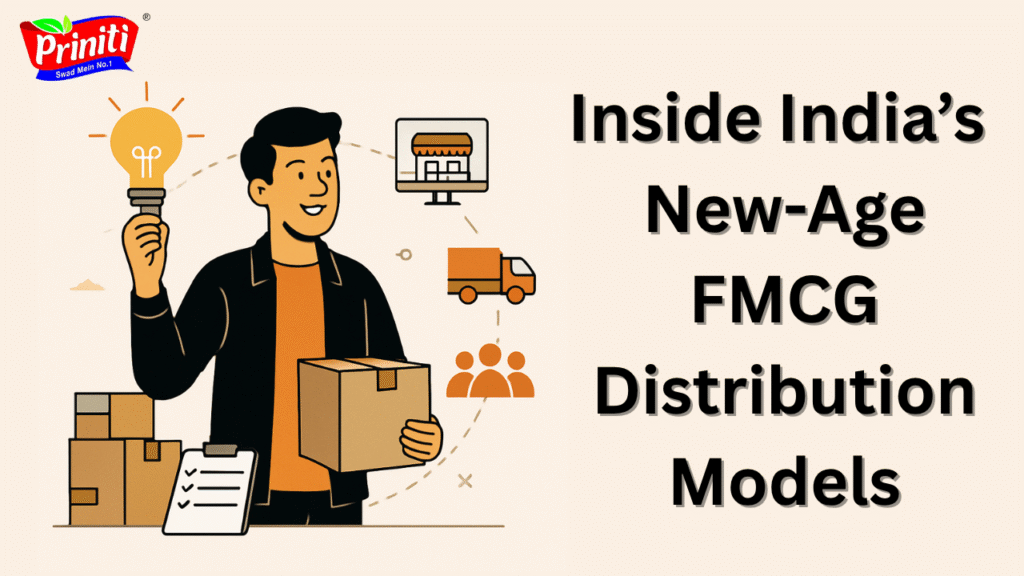
India’s FMCG industry is witnessing a silent revolution — not just in product demand, but in who is driving the change. The spotlight has shifted to young entrepreneurs, Gen-Z marketers, and millennial founders who are reimagining New-Age FMCG distribution in entirely new ways.Gone are the days when entering FMCG meant years of groundwork, big factories, and traditional distributors. Today’s youth is building brands on Instagram, shipping through third-party logistics, and scaling faster than ever with D2C and digital-first models.
How Youth Perceives New-Age FMCG Distribution Today
- Opportunity in Chaos
For many young founders, traditional FMCG distribution looks slow, inefficient, and opaque. They see this as an opportunity to disrupt — using tech, design, and speed to stand out. - D2C is the Default
Instead of waiting to be listed in retail stores, new-age FMCG brands are choosing to go Direct-to-Consumer (D2C) — launching on Shopify, selling via Instagram, or partnering with Amazon. - Brand Building > Bulk Selling|
Youth don’t just want to “sell products,” they want to build brands with emotional connections. This changes how distribution works — it’s not just about availability, but experience and storytelling.
Emerging Trends: How India’s Youth is Entering in New-Age FMCG Distribution
- Lean Distribution Models
Startups today begin with 3PL (third-party logistics), warehousing partners like Shiprocket or Pickrr, and manage orders from a small warehouse or even home initially. - Hyperlocal + Digital = Reach
Many are tying up with Dunzo, Zepto, Blinkit, or even building their own WhatsApp-based delivery in Tier-2 cities. Urban youth want speed and convenience. - Community-Led Selling
Creators and influencers are becoming distribution channels themselves. A small brand with 10K followers can now sell 1,000 units in a week with the right push. - Rural Youth Are Disrupting Too
Youth from semi-urban and rural areas are becoming micro-distributors, selling regional snacks, local sweets, and ayurvedic FMCG goods in clusters via WhatsApp, YouTube, and small resellers’ networks. - Funding & Grants for FMCG Startups
Many young founders are tapping into startup incubators, Shark Tank India, state MSME schemes, and venture capital to scale quickly — something previous generations didn’t have access to.
🚀 Let’s Build the Future of FMCG Distribution — Together!
Are you a young entrepreneur, digital seller, or local distributor passionate about changing how FMCG products reach people? Priniti Foods invites you to join us in reshaping the way snacks and sweets travel from our kitchens to millions of happy customers.
📩 Drop us a message or comment below — we’d love to explore opportunities.
FAQs:
Q1. Why are youth entering FMCG distribution?
Huge demand, low entry cost, and space for innovation.
Q2. Can digital marketing grow FMCG brands?
Yes—especially with local influencers & regional content.
Q3. Biggest strength?
Speed and adaptability.
Q4. Main challenge?
Scaling and competing with established brands.
